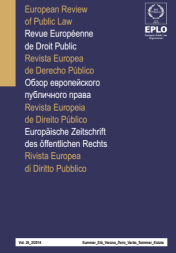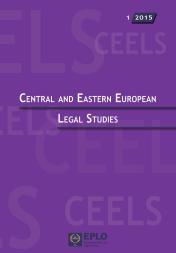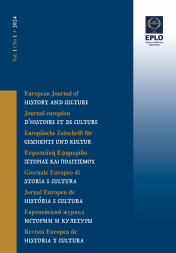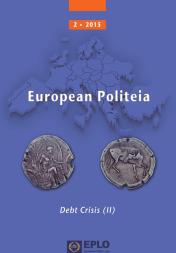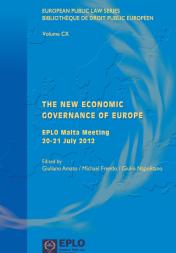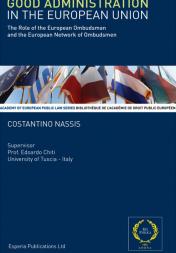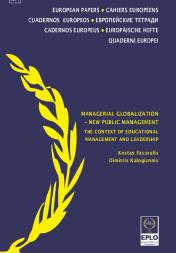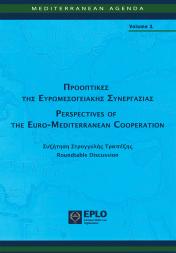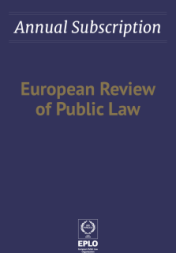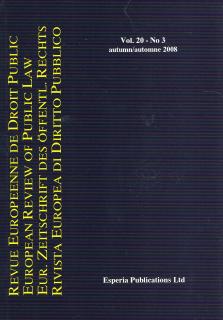
Administrative Law / Droit administratif
Belgium / Belgique
Attaché administratif, Greffe de la section du contentieux administratif, Conseil d’Etat de Belgique
During the judicial year 2006-2007, the Conseil d’Etat of Belgium has undergone substantial reforms. The principal objectives pursued were, on the one hand, the reform of the institution and, on the other, the reduction of its jurisdictional backlog. The Belgian legislator felt that the Conseil d’Etat was suffering from a lack of modernity. Systems regarding the term of office and the evaluation have thus been introduced in order to include the highest administrative jurisdiction in the wave of new public management. For many years now, the Conseil d’Etat has been also demonstrating a considerable backlog which to a great extent is due to the very significant number of proceedings introduced in the aliens litigation. In order to prevent this backlog from expanding, the number of magistrates was temporarily raised and the processing of the aliens litigation was entrusted to a new administrative jurisdiction: the Aliens Litigation Council. Henceforth, the Conseil d’Etat is competent of the judicial review proceedings introduced against the decisions of this new jurisdiction. In parallel to this, other modifications have also taken place. Not only do they carry out procedural adjustments but they also allow for a quicker processing of some files.
Au cours de l’année judiciaire 2006-2007, le Conseil d’Etat de Belgique a vécu de conséquentes réformes. Les principaux objectifs poursuivis étaient, d’une part, la réforme de l’institution et, d’autre part, la résorption de son arriéré juridictionnel. Le législateur belge a estimé que le Conseil d’Etat souffrait d’un manque de modernité. Des systèmes de mandat et d’évaluation ont donc été introduits afin d’englober la haute juridiction administrative dans la vague du new public management. Depuis plusieurs années, le Conseil d’Etat accusait également un arriéré considérable qui est en grande partie dû au nombre très important de recours introduits dans le contentieux des étrangers. Pour entraver l’expansion de cet arriéré, le nombre de magistrats a été temporairement augmenté et le traitement du contentieux des étrangers a été confié à une nouvelle juridiction administrative: le Conseil du Contentieux des Etrangers. Dorénavant, le Conseil d’Etat est compétent pour les recours en cassation introduits contre les décisions de cette nouvelle juridiction. Parallèlement à cela, d’autres modifications ont eu lieu. Elles procèdent non seulement à des aménagements procéduraux mais permettent également un traitement plus rapide de certains dossiers.




